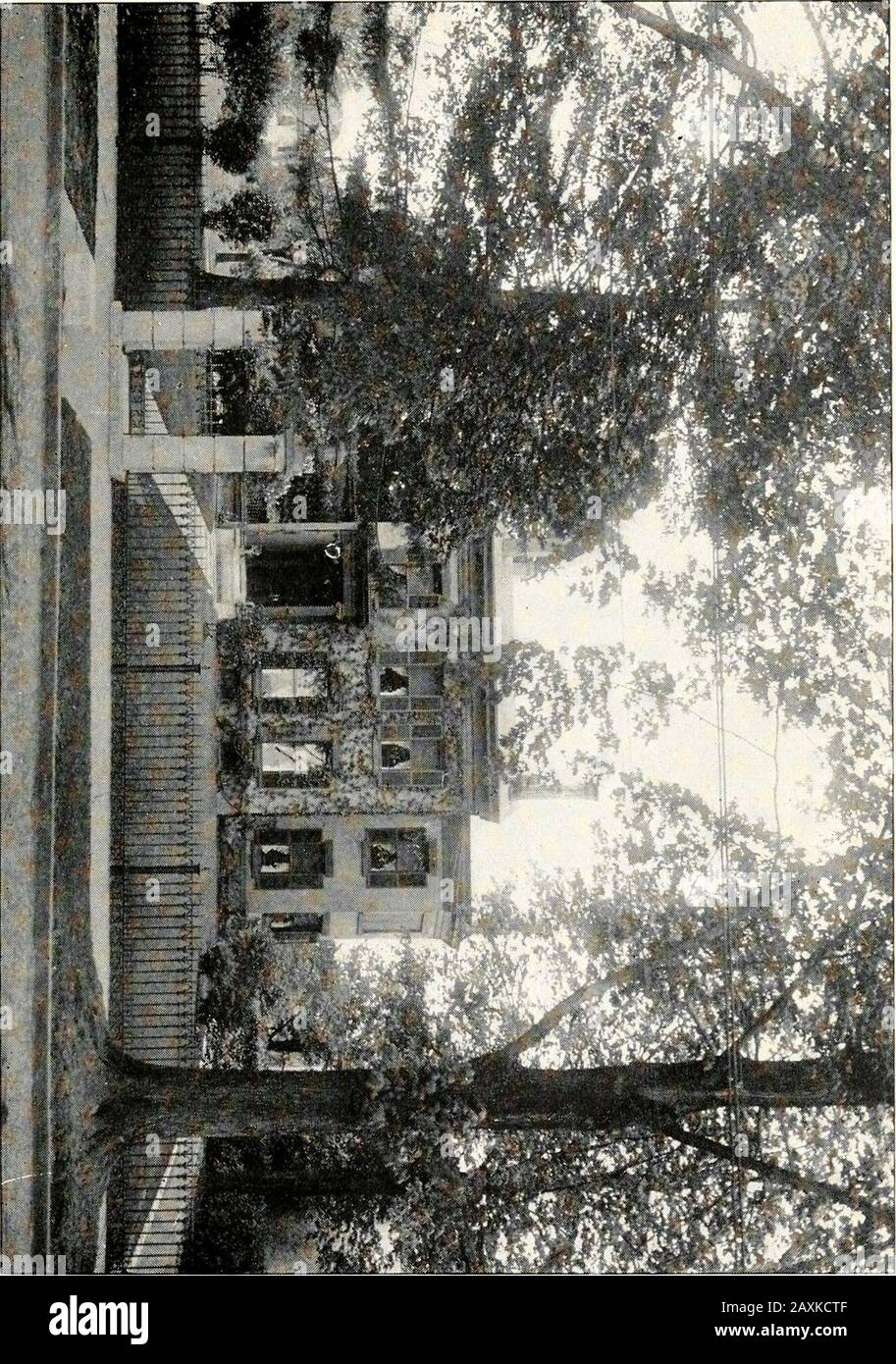Historical records of a hundred and twenty years, Auburn, NY. . ridge was replaced with amassive arched stone structure. It Was so massive, infact, that it was borne down by its own weight. This inturn was replaced by another wooden bridge, whichstood for many years. At this time too the era of stonebusiness blocks began, and during the succeeding tenyears many such buildings were erected along Geneseestreet, and some of them are still standing and, althoughnot strictly modern, they are substantial and imposing. The manufacture of fancy woolen cloth began in thetwenties. The cloth was made in

Image details
Contributor:
The Reading Room / Alamy Stock PhotoImage ID:
2AXKCTFFile size:
7.1 MB (803.6 KB Compressed download)Releases:
Model - no | Property - noDo I need a release?Dimensions:
1325 x 1885 px | 22.4 x 31.9 cm | 8.8 x 12.6 inches | 150dpiMore information:
This image is a public domain image, which means either that copyright has expired in the image or the copyright holder has waived their copyright. Alamy charges you a fee for access to the high resolution copy of the image.
This image could have imperfections as it’s either historical or reportage.
Historical records of a hundred and twenty years, Auburn, NY. . ridge was replaced with amassive arched stone structure. It Was so massive, infact, that it was borne down by its own weight. This inturn was replaced by another wooden bridge, whichstood for many years. At this time too the era of stonebusiness blocks began, and during the succeeding tenyears many such buildings were erected along Geneseestreet, and some of them are still standing and, althoughnot strictly modern, they are substantial and imposing. The manufacture of fancy woolen cloth began in thetwenties. The cloth was made in considerable variety, both as to color and patterns. Suitings for men andwomen were made in black, blue and grey, all havingvogue for several years. From the time of the incorporation of the village in1815 to 1835 there seems not to have been a village hall, but at that time the erection of a town hall was begun andwas completed in 1837 at a cost of $30, 000. In 1848it became the City Hall and has continued as such todate. H OC O wS E5C XIH 3 R zn MO ow2; oa2; o. HUNDRED AND TWENTY YEARS 161 The town hall, however, was intended to serve a doublepurpose, in fact, for many years it served a multitude ofpurposes. Besides being the official town hall, the groundfloor was arranged for a public market. The butchers, the hucksters and some other lines of trade occupiedbooths or compartments properly arranged and leasedto such dealers for a stipulated sum. Moreover, a partof the second floor for some years was occupied by theYoung Ladies Institute, the school conducted by Prof, M. L. Browne. Finally, the municipality refitted thebuilding, since which time it has been in all respects aCity Hall. The panic of 1837 was probably the force that defeatedthe project of establishing in the village a ^Methodistcollege. The enterprise was launched in 1835 and re-ceived the hearty co-operation and support of manycitizens of Auburn. A site was selected at the corner ofGenesee and Washington streets com